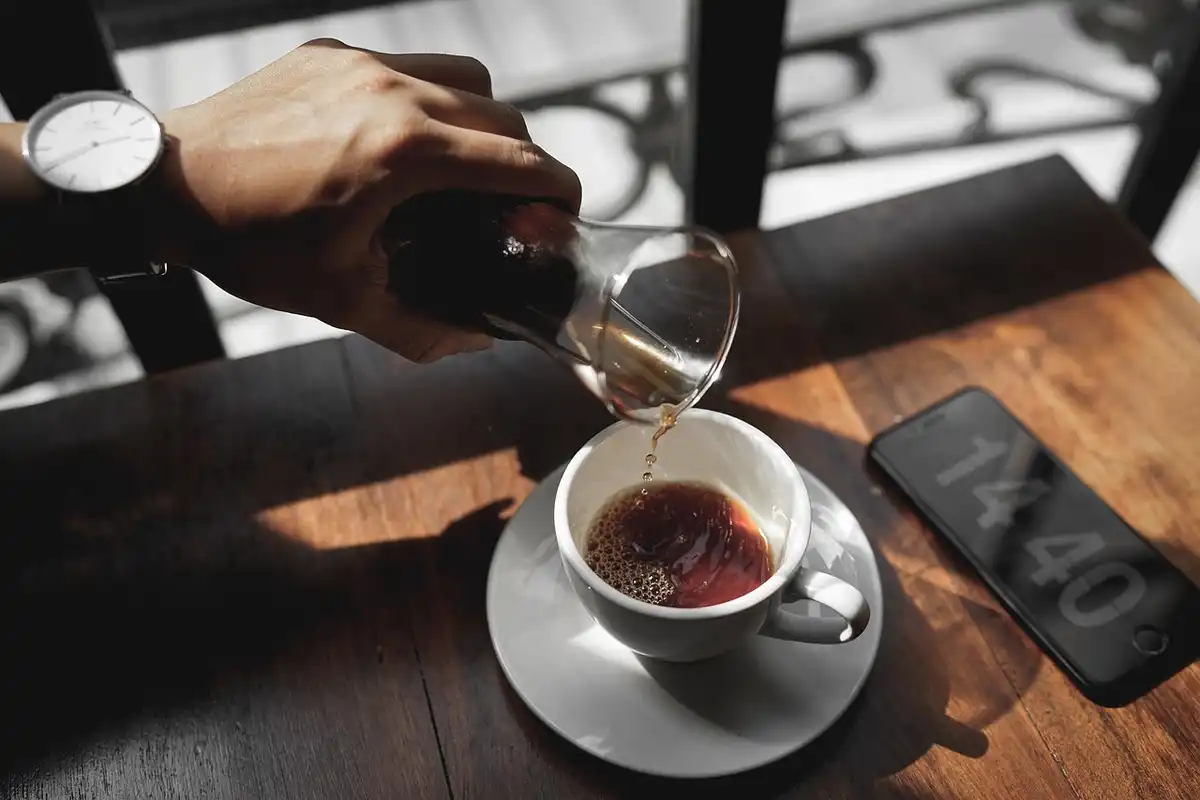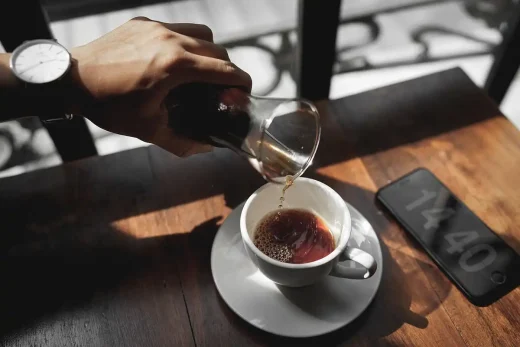Café eatery or bar interior design advice, Naturwood Home Furnishings Northern California property
Café, Eatery, or Bar Interior Design Dos and Do Nots
September 18, 2024
Interior Design Dos and Do Nots for Your Café, Eatery, or Bar
Relaxation and fun are the keywords for any café, eatery, or bar you should happen to frequent. From natural light to the establishment’s layout, no detail should be overlooked. When it comes to comfort and style, wood furniture is said beat the non-natural competition by leaps and bounds.
Natural wood furniture not only comes in all sorts of styles that can give everything from a high-end restaurant to a coffee shop an at home feel, but it also comes in a wide variety of styles and makes. But choosing the right wood furniture for both your business and your home is also said to reflect your personal style and vision, or so says the owners of Naturwood Home Furnishings, a Northern California, made in America furniture business. That’s why it’s important to offer the client as many styles as possible.
That said, what are some of the important dos and do nots when it comes to designing your corner café or coffee shop? According to a recent report by Business Builders, loud open spaces that lack adequate sound buffers or dimmed lighting that can make it difficult at best to read menus can cause patrons to be disappointed by bad interior design choices.
However, smart interior design can offer the all-important patron “comfort factor” and therefore sell the kind of experience your venue was originally conceived to deliver. If you’re opening your first establishment or attempting to make an old one new again, here are some interior design dos and don’ts to abide by in the 2020s.
Basic Hospitality Layout
The most crucial aspect of creating your space is the layout. The interior design can impact the flow of movement throughout your business, the efficiency of your staff, and the comfort of your guests.
Well thought-out layouts are said to allow patrons to socialize better to enjoy their time without always bumping into one another. It also creates better noise control and smoother service. When you’re planning your layout, you need to make a list of your objectives. What precisely is it you’re looking to achieve with your venue?
A busy café, for instance, requires a layout that encourages smooth but quick traffic flow. But a busy restaurant is said to be better served with an interior design that features intimate nooks, comfortable furniture, and plenty of space that allows for a leisurely dining experience.
Prior to signing off on the plans, drawings, and models presented to you by your interior designer, you must consider them from the point of view of a patron. Will you enjoy your experience? Or will you feel confined and even anxious by tight spaces, bad furniture choices, and too many patrons people packed into a small space like sardines in a can?
The Right Lighting
Lighting is said to play two roles in the interior design of your business. It sets the overall mood while also serving a more practical function. Warm lighting choices will give your lounge and dining areas a cozy atmosphere. Natural light will give your spaces a more chilled, relaxed vibe.
Speaking more practically, lighting can serve a psychological purpose in that it can be used to distract from awkward or even unpleasant spaces.
Strategically designed lighting can set the overall mood by using accent fixtures that will draw your eye to a specific object or area. This creates depth and flexibility in the venue’s space or spaces.
It’s said to be a best practice to stick with a consistent lighting theme that will blend well with your venue’s identity. For example, your local coffee shop doesn’t need a ceiling-mounted chandelier to light up the main space. Smaller lamps that splash the space with warm lighting are more preferred.
Dimmable lights are ideal in that they can provide the owner with versatility so that the mood can be adjusted throughout the day and evening hours.
Acoustic Management
According to Business Builders, noise management is just as important as the right lighting design in that it is critical to the patron experience. Noise levels that are too high can not only turn a nice evening an irritating one, but it can drive customers away. On the other hand, a space that’s too quiet can feel too cold if not unwelcoming.
High-density rooms can invite unwanted noise, but strategic if not thoughtful floor planning will enhance the dining or café experience by doing away with unwanted sounds. Designers should create nooks, take advantage of softened wall textures, and even employ natural wood furniture to help with managing noise levels.
Plush upholstery, thick curtains, and decorative wall hangings along with the right ceiling choice will all assist with absorbing sound inside a large, “echo-prone space.” Furniture, bookshelves, and well-placed plants should be used to break up the space and mitigate noise levels.
Designing a café and eatery isn’t rocket science, but it helps to work with an interior designer who can layout the space from the point of view of the patron. Add in some well thought out lighting, acoustics, and even natural wood furniture, and your establishment can make the customer feel at home.
Comments on this guide to Café eatery or bar interior design article are welcome.
Interior Design
Interior Design Posts
Solutions to tackle interior design challenges
Interior Design Trends in the UK 2024
Contemporary Home Interior Design Ideas>
Residential Buildings
Residential Architecture
Comments / photos for the Café eatery or bar interior design advice guide page welcome.







